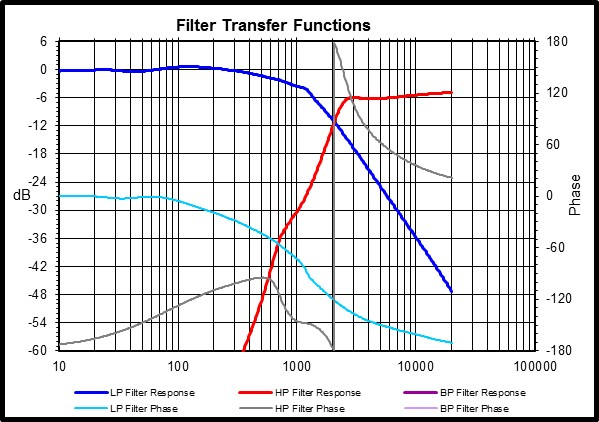Site Links
Howdy, Stranger!
It looks like you're new here. If you want to get involved, click one of these buttons!
Quick Links
Categories
In this Discussion
Who's Online (0)
How to interpret transfer function
in DIY
Just wondering how the data in the transfer function box in PCD is used in x-over design? Are you looking for certain response curves? Just trying to learn a bit more about pcd.

Comments
The filter response helps me find wasted parts or parts that provide little impact.
then you put together the crossover and verify the theory by measuring again. if everything looks good, then you start fiddle with smaller values for the voicing...
Another thing you can do is put in a target filter curve in PCD and try to get your filter transfer function close to it, but it's not necessary that you need to match the textbook curve, but it gives you a general idea